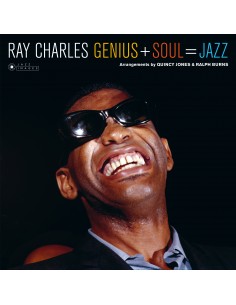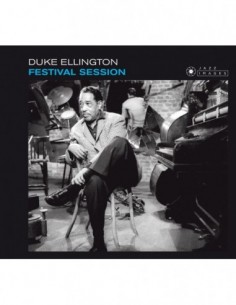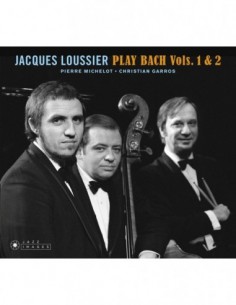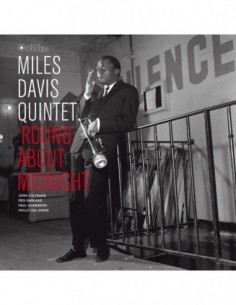Ascenseur pour l´echafaud
Miles DavisTHE JEAN-PIERRE LELOIR COLLECTION
180 pure virgin vinyl LPs in Gatefold packaging
While Louis Malle’s "Ascenseur pour l’échafaud" wasn’t the first film to use a jazz soundtrack or to feature jazz musicians, it was the first to show an absolute integration of jazz music into a feature film whose story had nothing to do with jazz or even with music itself. It employed jazz to emphasize the dramatic action and to develop/support the film’s climax.
Miles Davis’ improvisations fit the dark atmosphere of the film perfectly and contributed greatly to underline the many subtleties of the story and the internal thoughts of its characters. The album received a five-star rating in Down Beat, with Ralph J. Gleason stating it was “an absolutely fascinating release”. According to him, “The French group is absolutely fascinated by Miles, though Wilen manages to play very well in his brief solos and Klook’s brushes are delightful. But it is Miles one remembers from these tracks; he conveys the concentrated beauty and stark drama of, say, Billie Holiday.
His sadness is devastating here, just as his lyricism is exquisite and the pain of his beauty almost insupportable. Some of the very best, if not best, Miles solos are contained on the first side of the LP.”
PERSONNEL:
ON SIDE A: Soundtrack for the film Ascenseur pour l’échafaud
(Frantic/Lift to the Scaffold):
MILES DAVIS, trumpet
BARNEY WILEN, tenor sax
RENÉ URTREGER, piano
PIERRE MICHELOT, bass
KENNY CLARKE, drums.
Paris, December 4 & 5, 1957.
ON SIDE B:
MILES DAVIS, trumpet
JOHN COLTRANE, tenor sax
CANNONBALL ADDERLEY, alto sax
BILL EVANS, piano
PAUL CHAMBERS, bass
JIMMY COBB, drums.
New York, May 26, 1958.
SIDE A:
01 GÉNÉRIQUE
02 L’ASSASSINAT DE CARALA
03 SUR L’AUTOROUTE
04 JULIEN DANS L’ASCENSEUR
05 FLORENCE SUR LES CHAMPS-ÉLYSÉES
06 DÎNER AU MOTEL
07 EVASION DE JULIEN
08 VISITE DU VIGILE
09 AU BAR DU PETIT BAC
10 CHEZ LE PHOTOGRAPHE DU MOTEL
SIDE B:
01 ON GREEN DOLPHIN STREET
02 FRAN-DANCE
03 STELLA BY STARLIGHT
- Format
- LP
- Discs
- 1
- Label code
- 37029
 Cookie preferences
Cookie preferences



















































